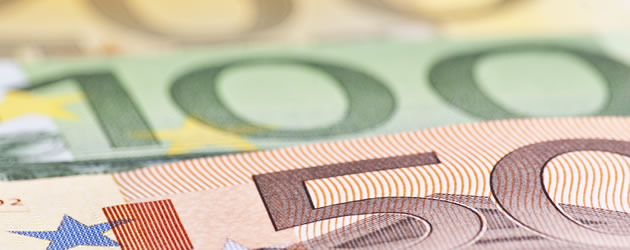The Euro to US Dollar (EUR/USD) exchange rate is forecast to remain near to an 11-year low next week, as concerns over the situation in Greece and Ukraine are likely to weigh on sentiment towards the single currency.
The US Dollar is expected to start the week higher against its most traded peers as economic data released on Friday showed that non-farm payrolls increased to a seasonally adjusted 257,000 last month and the reports for November and December were revised higher to show that 147,000 more jobs were created than previously expected.
Coming in at 423,000, the payroll gains was the largest rise seen since May 2010.
Market attention is now fixed on the US Federal Reserve as economists hike their bets that the central bank could now raise interest rates sooner than expected.
Speculation rose as Fed chair Janet Yellen has previously suggested that a rate rise will depend on improved jobs data. Factory jobs also saw a boost of 22,000, smashing forecasts for a figure of 12,000.
‘These are pretty amazing numbers. The January number is strong, but then you have sizzling November and December numbers too and then you have the wage gains,’ said Nariman Behravesh, chief economist at IHS Inc.
The strong non-farm payrolls came as something of a surprise as the ADP Employment Change report (published earlier in the week) fell short of forecasts.
Average earnings also smashed forecasts by rising by 0.5% in January, the biggest increase seen since November 2008 and a figure that was much stronger than the 0.3% increase expected by analysts. Earnings were up 2.2% over the past year, the biggest advance since August.
The USA’s overall unemployment rate however ticked higher to 5.7% but that was widely shrugged off as the report suggests that more people returned to the labour market, suggesting that it is strengthening strongly.
The strong data is forecast to keep the US Dollar stronger throughout next week and the Euro is likely to remain under pressure due to jitters over geopolitical concerns and the likelihood of more soft Eurozone data.
The main event for the Euro to US Dollar (EUR/USD) exchange rate will be next Friday’s GDP figures for Eurozone economies and the wider region as a whole.
The fourth quarter flash estimate is expected to show that the Eurozone economy expanded by 0.2% on a quarterly basis and by 0.6% on an annual basis. The regions trade surplus is also forecast to have narrowed in December.
The US Dollar is likely to make further gains if Washington announces that it will provide weapons to Ukraine. The Euro will soften, as the world will see such a move as an escalation and possibly the start of a proxy war between the West and Russia.

